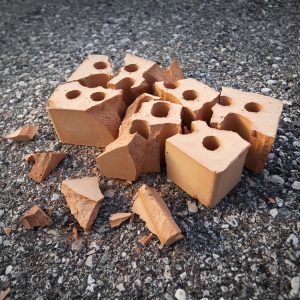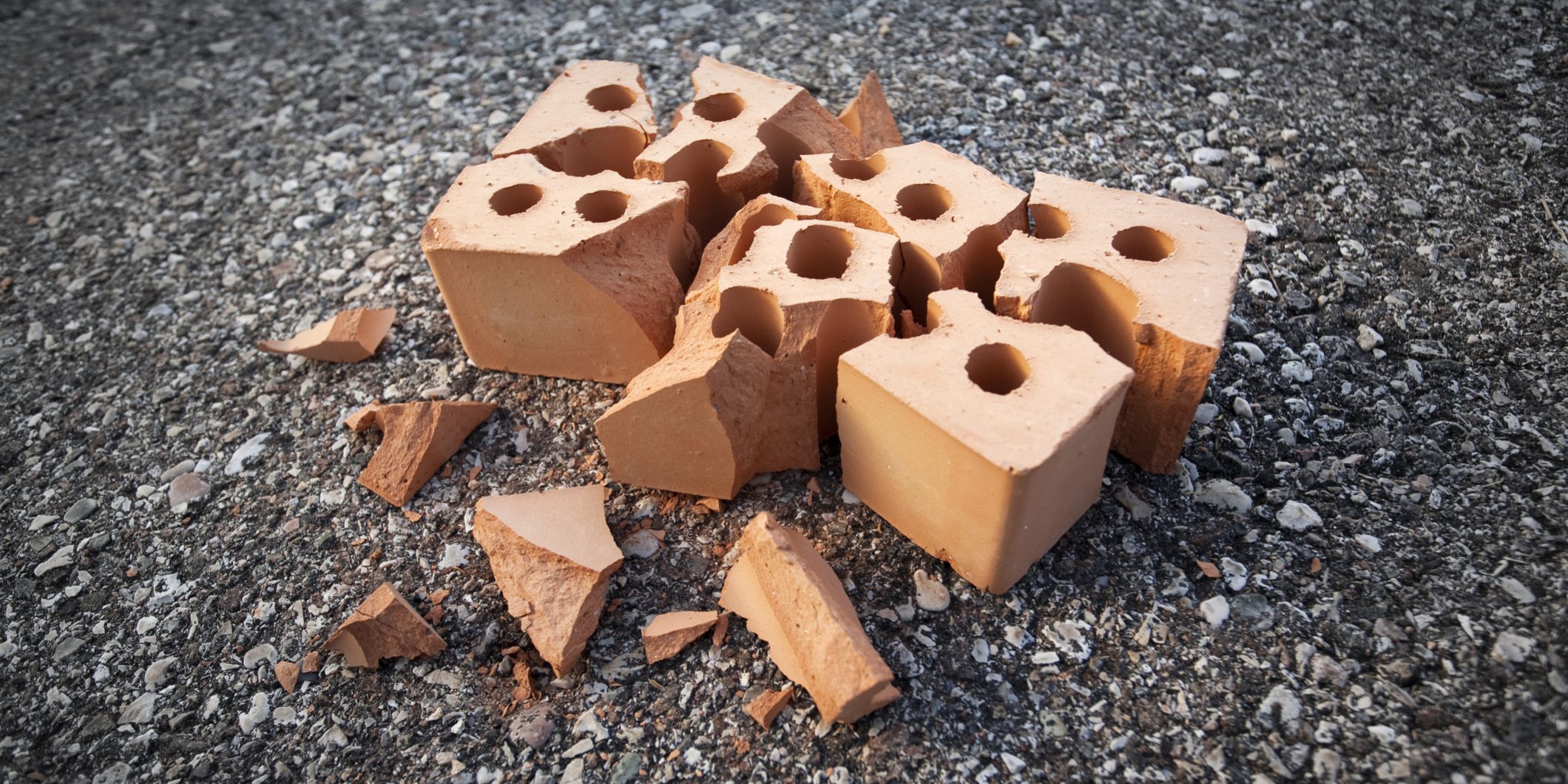
Material handling accidents account for thousands of injuries and a number of deaths each year on construction sites.
They are one of the top injuries in the construction trade and can result in serious injuries and death depending on the material, the weight of the load, and the distance it falls. These injuries lead to needless suffering and result in lost workdays, a likely OSHA citation and higher workers’ compensation rates.
Safe material handling practices can help prevent these accidents from happening in the first place. Material handling safety can be broken down into three equally important parts:
Safe handling
Safe handling of construction materials can include:
- Properly securing all materials that are stored in tiers. Pipes, steel beams, poles and other heavy materials can slide or tilt if they are not stacked and blocked adequately, allowing them to potentially fall on workers.
- Keeping combustible and flammable materials in fire-resistant containers.
- Determining and prominently posting the maximum safe load limits of floors where materials are stored, and taking care not to exceed those limits.
- Maintaining clear and sound aisles and passageways for moving materials.
- Constructing ramps or graded walkways between work areas on different levels to make accidents and spills less likely.
Storage
Improperly stored material can shift or topple over, causing potentially serious injuries.
Sound storage practices required by OSHA include:
- Stacking bricks in piles no more than 7 feet high, with every layer above 4 feet tapered back 2 inches for every foot. While masonry blocks can be stacked in taller piles, contractors should also taper the piles above the 6-foot mark.
- Limiting stacks of lumber to 20 feet high (16 feet if workers will handle lumber without machines) in stable piles on level sills that provide good support. Prior to stacking, remove all used nails.
- Keeping materials more than 6 feet from hoistways.
- Not storing materials in floor openings.
- Storing materials more than 10 feet from an exterior wall that is shorter than the top of the pile.
- Not storing materials on scaffolds or runways unless the contractor is about to use them.
Disposal
In the hurry to get the job done, workers often dispose of construction debris in unsafe ways, such as tossing pieces of lumber off the side of the building. This risks injury to anyone standing below.
Contractors should follow these guidelines for proper waste disposal:
- Remove all scrap, especially combustible materials, as it accumulates instead of letting it pile up. However, do not remove it until workers are certain that the people working over their heads are finished tossing it to the ground.
- Use an enclosed chute to drop debris from the higher points of the building.
- Barricade areas where workers will drop debris without using a chute.
- Use separate containers for materials covered with oil or flammable liquids.
The takeaway
Your insurance company’s loss control department may have resources available to assist contractors with improving material handling. If you want to inquire about resources, give us a call and we can check.
Sound material handling practices help prevent injuries, fines and penalties, and reduce workers’ compensation costs. They will also enhance your reputation with potential employees. Putting these safeguards into place makes both moral and practical sense.


